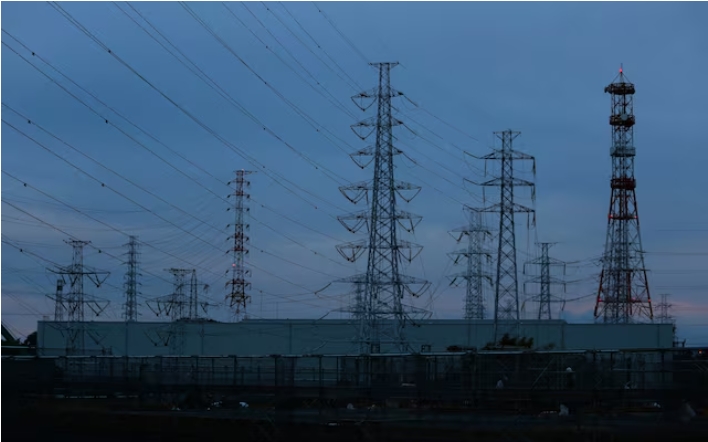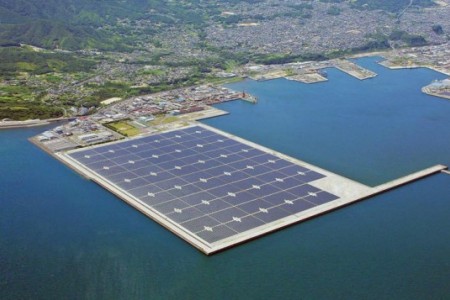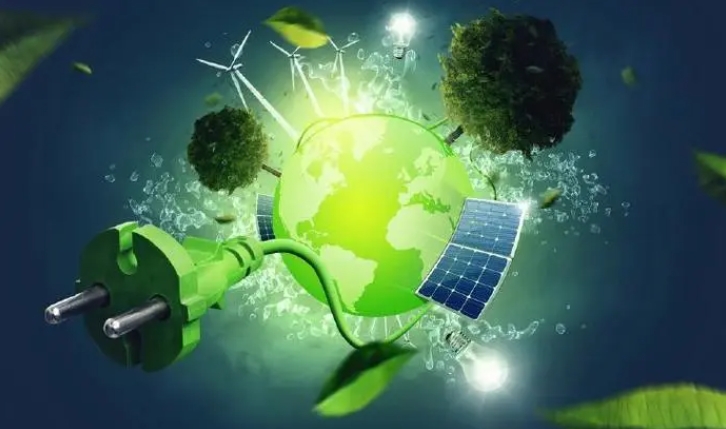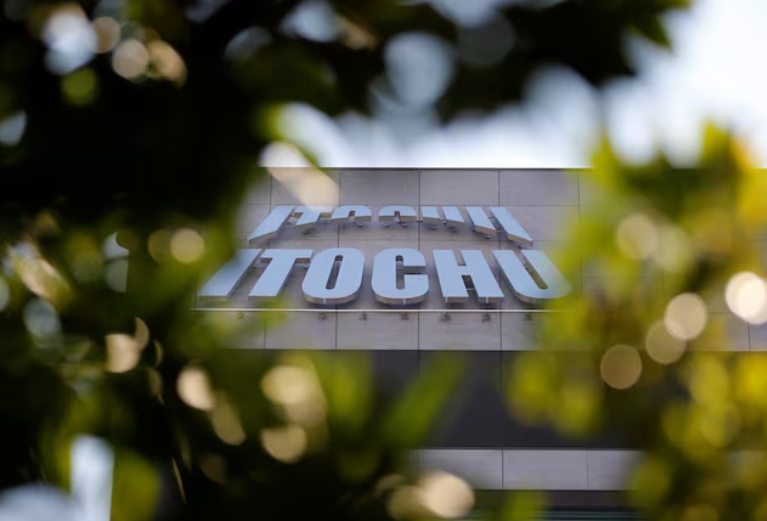
Clean electricity output during January and February totalled 52.67 terawatt hours (TWh) according to energy think tank Ember, the highest for that period in at least five years.
Japan's power firms also cut fossil fuel-based generation over the opening two months of the year by 6% from the year before, to the lowest since 2019.
As a result, clean power sources supplied 31.6% of Japan's electricity during the first two months of 2024, up from a 28% share at the same point in 2023.
 Japan's sources of clean electricity get off to strong starts in 2024
Japan's sources of clean electricity get off to strong starts in 2024 Japan's sources of clean electricity get off to strong starts in 2024
With Japan's peak solar and hydro output periods still ahead, utilities are in a position to potentially lift clean power generation even more in the coming months, likely to the highest levels since the country slashed nuclear output in the wake of the 2011 Fukushima accident.
POWER DRIVERS
During the first two months of 2024, solar power was the largest source of clean energy in Japan, generating just over 14 TWh of electricity.
Nuclear reactors (13.3 TWh), hydro dams (10 TWh) and bioenergy plants (9.5 TWh) were the next largest clean sources, followed by wind farms (4 TWh), Ember data shows.
All sources of clean generation posted increases over the same period in 2023, with nuclear, hydro and bioenergy sources registering double-digit growth.
Over the same period, coal and gas-fired generation contracted by 2.3% and 5.5% respectively.
CLEAN PEAK
Clean generation levels look set to climb further over the coming months as solar output rises to its annual peak and hydro dams receive their largest monthly rain totals during Japan's summer.
 Japan electricity generation by source
Japan electricity generation by source Japan electricity generation by source
In 2022 and 2023, Japan's solar electricity generation levels increased by around 70% from the January-February average during the peak summer months of May through August.







